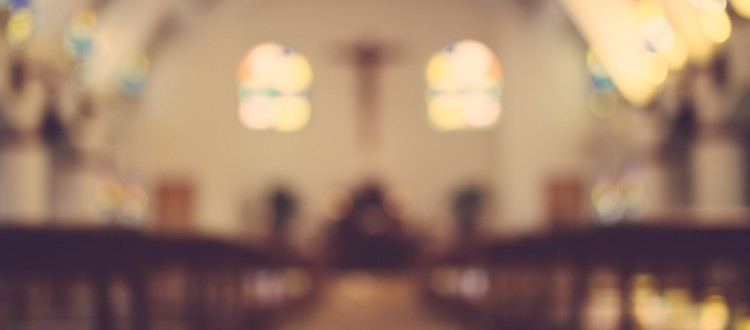Gathering The Flock: Choosing The Right Flooring For Your Church Renovation
Churches represent a place of safety and comfort for a lot of people. Because approximately 37% of Americans attend their local congregation on a weekly basis, appearance matters just as much as practicality; after all, it can be hard to encourage newcomers to join if the building is falling into disrepair. Renovations can make a big difference, especially when it comes to flooring.
In addition to weekly attendants, churches are host to weddings, funerals, and other events where many people come together; considering the fact that the average wedding sees 136 guests, a church’s floor can easily become worn down and damaged as a result of such traffic. Let’s compare and contrast the three most popular floor types available for church renovations.
Concrete
Concrete is the most used manmade material in the world, and for good reason. It is incredibly strong and durable; not only does concrete possess strength between 3,000 psi (pounds per square inch) and 20,000 psi, but it can last for thousands of years. This means that it will almost definitely be able to tolerate the constant foot traffic that most churches experience.
Although it isn’t necessarily the most beautiful material (especially compared to the intricacies of tile), it is exceptionally easy to maintain. Simply wax or seal it every three to nine months and you’re good to go. It’s also very affordable; at just two to three dollars per square foot, replacing your church’s floor with concrete can ensure there’s money leftover for other projects.
Wood
The aesthetic of hardwood floors can’t be argued with. If you have an older building, wood floors may better suit the interior; however, hardwood floors don’t come cheap. At around five dollars per square foot ($10 if you’re opting for more exotic types), the size of your church absolutely matters. At the same time, they aren’t exactly eco-friendly; many hardwood trees take upwards of 20 years to fully mature, and are being cut down at increasingly detrimental rates.
If you’re looking for the beauty of wood but aren’t able to afford the cost — either financially or morally — bamboo is an excellent alternative. In addition to being three times as hard as traditional oak flooring (meaning it will stand up to the feet of your flock), it grows very quickly; bamboo strands mature in as little as three years, and does not need to be replanted. With a similar look to wood, you can’t go wrong with bamboo flooring.
Tile
Porcelain tiles have been used in Places of God since the 12th century. Their beauty and durability is unparalleled, but it certainly comes at a cost; as one of the most expensive renovation options, you’ll need to make sure everything else has been taken care of before committing to porcelain flooring. Cheaper options do exist (such as basic ceramic tiles), but they are more prone to chipping and require routine coats of polish or wax. If you settle on tiles, you must consider the weight loads of a full church to ensure you’ve got a material that can tolerate your entire congregation.
No matter what option you choose, it’s important that you take your congregation’s opinions into consideration. Approximately 69% of those looking for a new place of worship connect with members of the congregation beforehand, so their voice is invaluable in the decision-making process; after all, you want them to love the new look as much as you do! By getting other members of the church involved, you’ll strengthen their bond to the building and their belief in your congregation.

